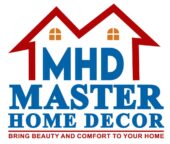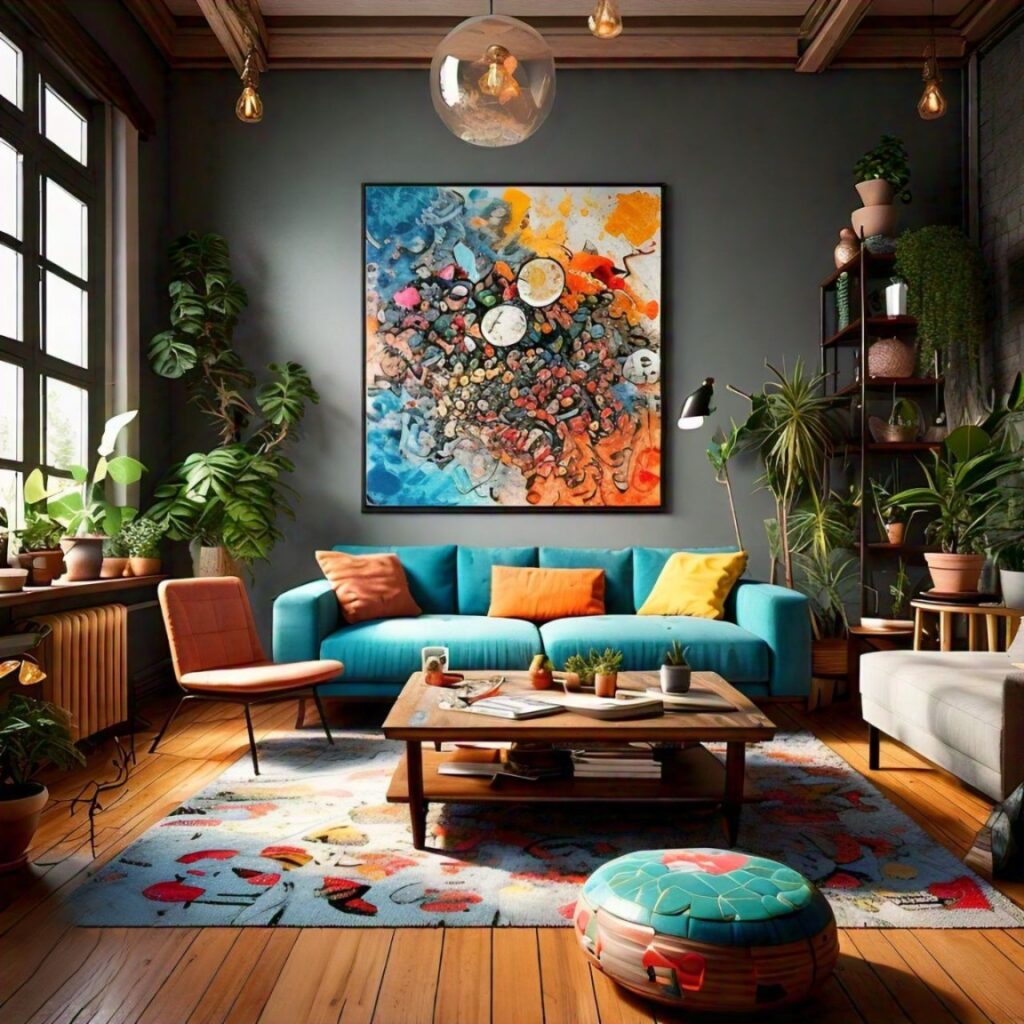Introduction to What Is The Root Of The Impulse To Decorate:
Why do people feel the need to make their surroundings beautiful? For example, when someone moves into a new house, they often need to add furniture, make home decor like hanging pictures, or place plants. Decorating makes the space feel personal, cozy, and welcoming. But have you ever thought about why we feel this need to decorate?
Decorating is more than just arranging things—it reflects a deeper need to create a welcoming and comforting space. Across the world, people decorate their homes, whether it’s the living room, bedroom, or kitchen, to make them more inviting. Let’s explore why this impulse comes naturally to us.
In this blog post, we will discuss the basic need for decoration, when the impulse to decorate began, and its effects on our mood and atmosphere. We will also explore 15 innovative ideas for understanding What Is The Root Of The Impulse To Decorate Your entire home, along with the best and most practical tips to guide your decoration journey.
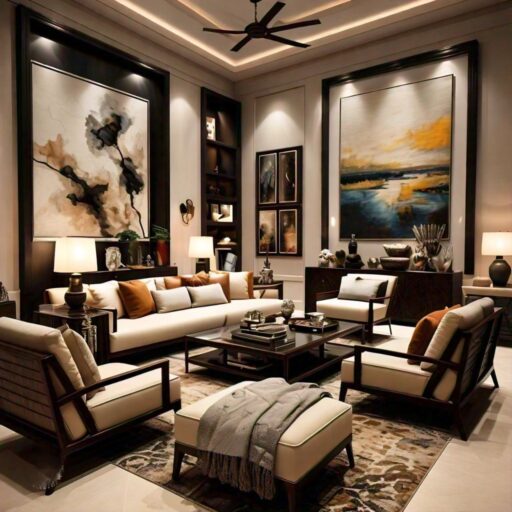
What Is the Basic Need for Decoration?
The basic need for decoration comes from our desire to create a space that feels personal, comfortable, and welcoming. Decoration helps turn a house into a home, making it a place where we feel at ease and happy. Just like we need clothes to express ourselves and feel good, we also need to decorate our homes or spaces to feel connected to them. Without decoration, a home can feel empty or impersonal, lacking that sense of warmth and belonging.
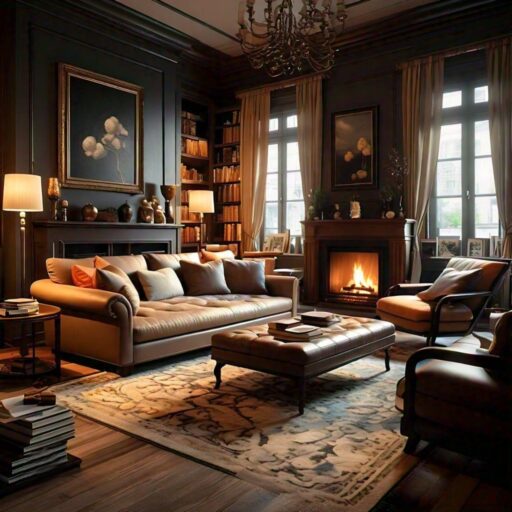
When Did the Impulse to Decoration Start?
The impulse to decorate began long ago. Decoration has been a part of human life for centuries, as far back as history can trace. Ancient civilizations, like the Egyptians and Greeks, decorated their homes and buildings with beautiful artwork, carvings, and tapestries. Even simple homes in early societies used natural elements like plants, flowers, and wooden crafts for decoration.
Over time, as societies evolved, so did the styles of decorating. Whether it’s through art, color, or furniture, people have always found ways to beautify their surroundings, showing that the impulse to decorate is deeply rooted in human culture.

What are the effects of the impulse of decorations on our mood and atmosphere?
The impulse to decorate can have a significant impact on both mood and atmosphere. Here are the key effects:
1. Enhances Mood and Well-being:
A. Positive Vibes: Decorating a space with colors, artwork, or personal items can uplift your mood. Bright colors like yellow or orange can energize, while softer tones like blue or green can create a calming effect.
B. Personal Expression: Decorating allows people to express their personality, which can lead to feelings of happiness and comfort in their space.

2. Creates a Relaxing Environment:
A. Comfort and Warmth: Adding cozy elements like cushions, soft lighting, and blankets can make a space feel more relaxing and inviting.
B. Sense of Belonging: A well-decorated space that reflects personal tastes makes people feel more at home and connected to their environment.

3. Increases Focus and Productivity:
Functional Decor: Organizing a space with thoughtful decor can make it more functional, improving focus and productivity, especially in workspaces.
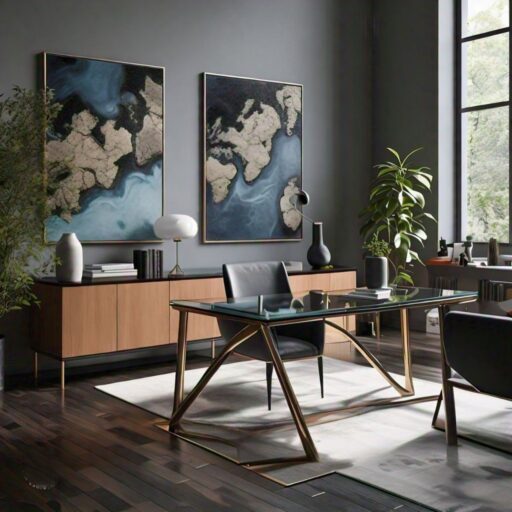
4. Fosters Creativity and Innovation:
Inspiring Spaces: Surrounding yourself with art, plants, or creative decor can inspire new ideas and spark creativity.
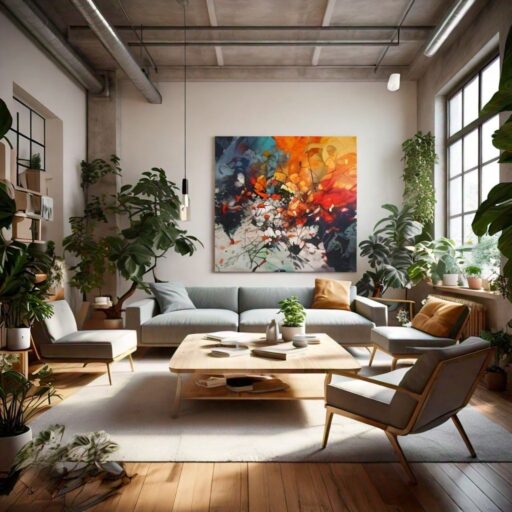
15 Innovative Ideas: What Is the Root of the Impulse to Decorate in a Whole Home:
We are sharing 15 innovative ideas for your whole home that you can easily adopt based on your style, preferences, and budget.
1. Expressing Personal Style and Taste:
Why: People decorate to show their unique personalities throughout their homes.
Example: A master bedroom may feature soft pastel colors for a calming effect, while a teen’s room may have bold, vibrant colors that reflect their interests. This variety allows each space to feel personal and representative of those who live there.
2. Creating Comfort and Cozy Spaces:
Why: Comfort is essential in all areas of the home.
Example: Adding plush cushions, warm throws, and soft rugs in the living room or bedroom makes these spaces inviting. A cozy reading nook in the study with a comfy chair and warm lighting encourages relaxation.
3. Reflecting Cultural Values and Traditions:
Why: Decorations often embody cultural heritage and traditions.
Example: In the dining room, using traditional tableware or festive decor during cultural holidays showcases personal and familial connections. Cultural artifacts can add unique character to various rooms, enriching the home environment.
4. Making Spaces Practical and Functional:
Why: Decoration can improve the functionality of each room.
Example: In the kitchen decor, installing shelves or racks can make it easier to access cooking tools while keeping the space organized. In the bathroom, using decorative storage baskets can combine style with practicality.
5. Setting the Mood with Décor:
Why: The atmosphere created by decoration influences how we feel in a room.
Example: Using calming colors and dim lighting in the bedroom can promote relaxation, while bright colors and artwork in the home office can stimulate creativity and focus.
6. Creating Order and Visual Harmony:
Why: A well-decorated home feels more organized and less cluttered.
Example: Arranging books and decor items on shelves in a study or living room helps maintain visual order. Using matching storage solutions can also create a harmonious look throughout the home.
7. Following Current Design and Trends:
Why: Keeping up with design trends inspires many to redecorate.
Example: Social media may introduce trends like open shelving in the kitchen or bohemian-style decor in living rooms, encouraging homeowners to refresh their spaces according to contemporary tastes.
8. Decorating for Special Celebratory Occasions:
Why: Decoration enhances the joy of special events.
Example: Whether it’s a birthday decoration in the backyard or a family gathering in the living room, using balloons, banners, or table decorations adds a festive touch and makes celebrations memorable.
9. Improving Mental Health Through Decoration:
Why: A beautifully decorated home can boost emotional well-being.
Example: Bright colors and plants can uplift spirits in common areas like the living room or kitchen. Creating an inviting atmosphere reduces stress and promotes positivity.
10. Showing Warmth and Hospitality to Guests:
Why: Decoration helps make visitors feel welcome.
Example: A well-decorated entryway with personal touches, such as family photos or a seasonal wreath, creates an inviting first impression for guests. Thoughtful details like fresh flowers in the living room can enhance their comfort.
11. Creating a Peaceful Personal Sanctuary:
Why: Decoration helps create serene retreats in the home.
Example: Transforming a bedroom into a calming sanctuary with soft lighting, gentle colors, and personal mementos allows for relaxation and self-care after a hectic day.
12. Boosting Focus and Work Productivity:
Why: A well-decorated home office can enhance focus.
Example: Organizing your desk with minimal clutter, adding motivational quotes, and incorporating plants for fresh air can foster a productive work environment.
13. Highlighting Special Architectural Home Features:
Why: Decoration can draw attention to unique home features.
Example: Using decor to enhance a beautiful staircase or accentuating a fireplace with art or decorative items showcases these spaces, adding character to the home.
14. Enhancing Room Space and Perception:
Why: Decoration can change how a room feels in size and comfort.
Example: Using mirrors in a small entryway can create an illusion of more space while adding rugs and warm textiles in a larger room can make it feel cozier.
15. Sparking Inspiration and Inner Joy:
Why: Surrounding oneself with meaningful items can bring happiness.
Example: Decorating the study or children’s room with personal collections, like travel souvenirs or art projects, creates an inspiring environment that uplifts and encourages creativity.
Best and Practical Tips for Decoration:
Here are some simple, practical tips to help you decorate your space in a way that feels personal and cozy:
1. Start Small: You don’t need to change everything at once. Begin by adding small touches like cushions, plants, or a painting.
2. Use What You Have: Before buying new decor, see what you already have that can be repurposed or rearranged.
3. Choose a Color Theme: Pick a color theme for your room to create a cohesive look. Neutral tones like beige or white can be great for a relaxing space.
4. Add Personal Items: Display personal items like family photos, handmade crafts, or souvenirs to add a personal touch to your decor.
5. Use Nature: Bring in natural elements like indoor plants, flowers, or wooden furniture to create a calming atmosphere.
6. Keep It Simple: Don’t overcrowd your space with too many items. Simple, minimal decor often looks more elegant and stylish.
7. Mix Old and New: Combine old, traditional items with new, modern pieces to create a unique and balanced look.
8. Lighting Matters: Use soft lighting like table lamps or string lights to make your space feel warm and inviting.
9. Create a Focal Point: Pick one area or item in the room, like a painting, fireplace or a piece of furniture, to be the main focus and decorate around it.
10. Stay True to Your Style: Don’t feel pressured to follow trends. Decorate in a way that feels right to you and makes you happy.
Conclusion:
The purpose of this blog post is to help you understand why we all feel the need to decorate our homes, from the bedroom to the living room, kitchen, and even the patio. This impulse comes from a deep connection to personal expression, comfort, and the desire to create a welcoming, beautiful space. Decorating is not just about making your home look nice—it’s about making it feel like a reflection of who you are and how you want to live.
Now that you understand What Is The Root Of The Impulse To Decorate, you can start applying these ideas in your own home. Whether you’re arranging furniture, adding art, or choosing colors, think about how these choices will make your space more comfortable and enjoyable. Decorating isn’t about following strict rules—it’s about creating a home that feels right for you. With the simple tips and room-by-room guidelines in this post, you can start decorating with confidence, knowing you’re making your space truly yours.
FAQs:
1. What drives people to want to decorate their homes?
People decorate their homes because it makes them feel happy and comfortable. Decorating is a way to make a space feel personal and more like home. It helps people show their personality and style, making the space feel warm and inviting.
2. How does decorating impact our mood and well-being?
Decorating can change how we feel. For example, using calm colors and soft lighting in a room can make us feel relaxed. When our home is clean, organized, and nicely decorated, it can reduce stress and make us feel happier and more peaceful.
3. What role does culture play in influencing our decorating style?
Culture has a big influence on how people decorate their homes. Different countries and regions have their own styles and traditions. For example, some cultures use bright colors, while others prefer simple and natural designs. People also decorate their homes during holidays or festivals to show their cultural traditions.
4. Why is personal expression important in home decor?
Personal expression is important in home decor because it makes the space feel unique to you. Decorating allows you to show who you are, what you like, and what makes you feel comfortable. Whether it’s using certain colors, patterns, or furniture, decorating reflects your personality and makes your home feel more personal.
5. How does the layout of a room affect our emotional state?
The way a room is set up can change how we feel. For Example, a cluttered room can make us feel stressed, while an organized room with open spaces can help us feel calm. A well-decorated room can lift our mood and create a peaceful environment, making us feel better overall.
6. What should I do if I have a small space?
For small spaces, use light colors on the walls to make the room feel bigger. Mirrors can be used to give the impression of a larger space. Use furniture that serves multiple purposes, like a sofa bed or storage ottomans, to save room.
7. How can I make my home feel cozy without spending too much?
Add simple, inexpensive touches like soft pillows, warm blankets, and candles to create a cozy feel. Use items like rugs and curtains to make the space more inviting. Second-hand furniture or DIY projects can also help you save money.
8. What should I do if I don’t know my decorating style?
Start by looking at inspiration online or in magazines. Notice which colors, textures, and furniture styles appeal to you. Over time, you will figure out what makes you feel most comfortable and happy in your home.
9. How do I add decorations without making my home look too busy?
Less is more when it comes to decorating. Choose a few key items to focus on in each room, like a nice rug, artwork, or a statement piece of furniture. Avoid clutter by keeping surfaces clear and organized.
10. How do I mix different decorating styles without them clashing?
Stick to a common color scheme that ties everything together, even if the furniture or decor pieces are different styles. Mixing textures like wood, metal, and fabric can add variety without making the room feel disconnected.
